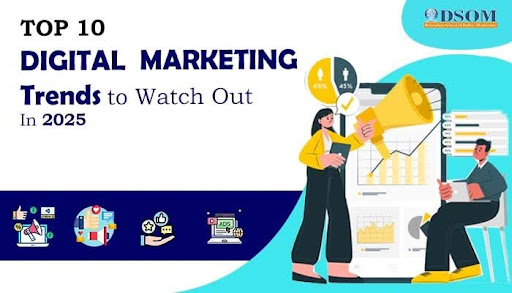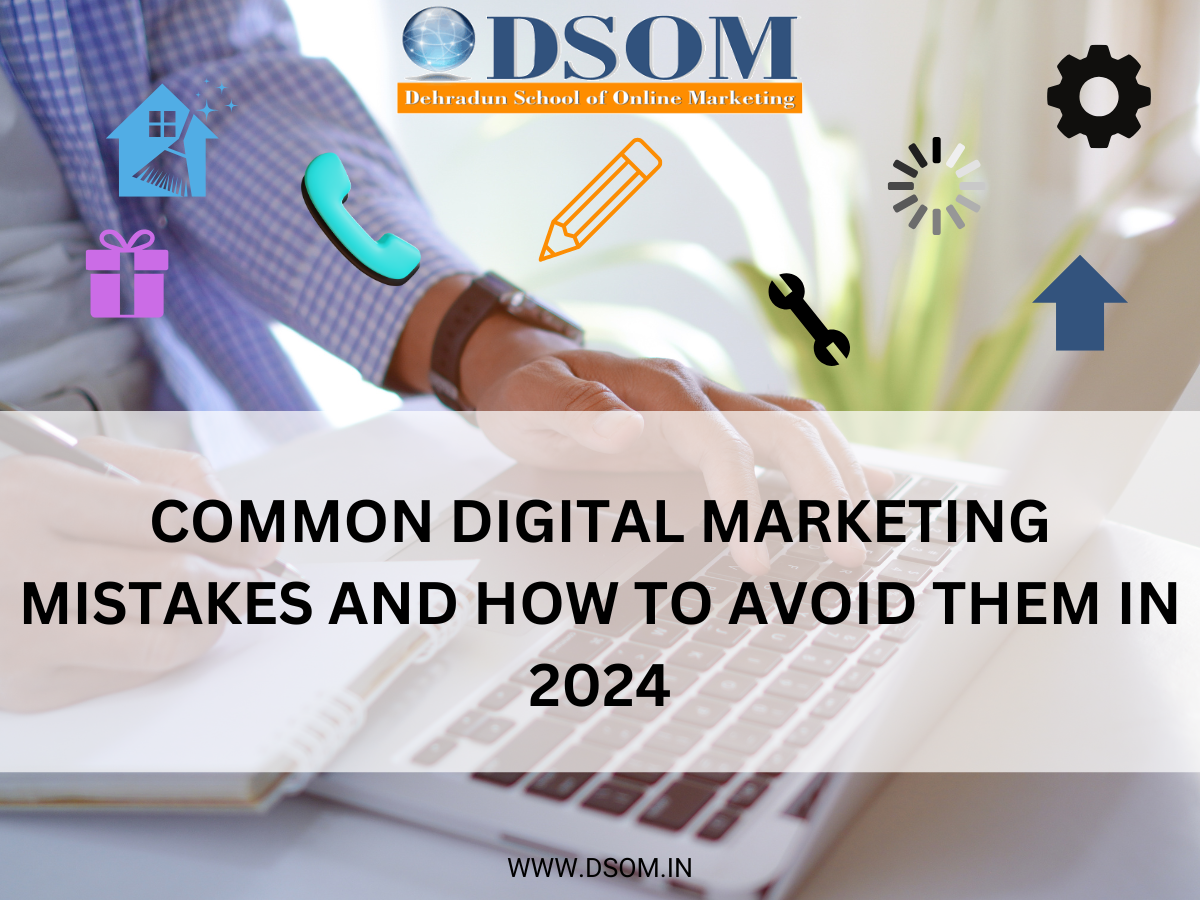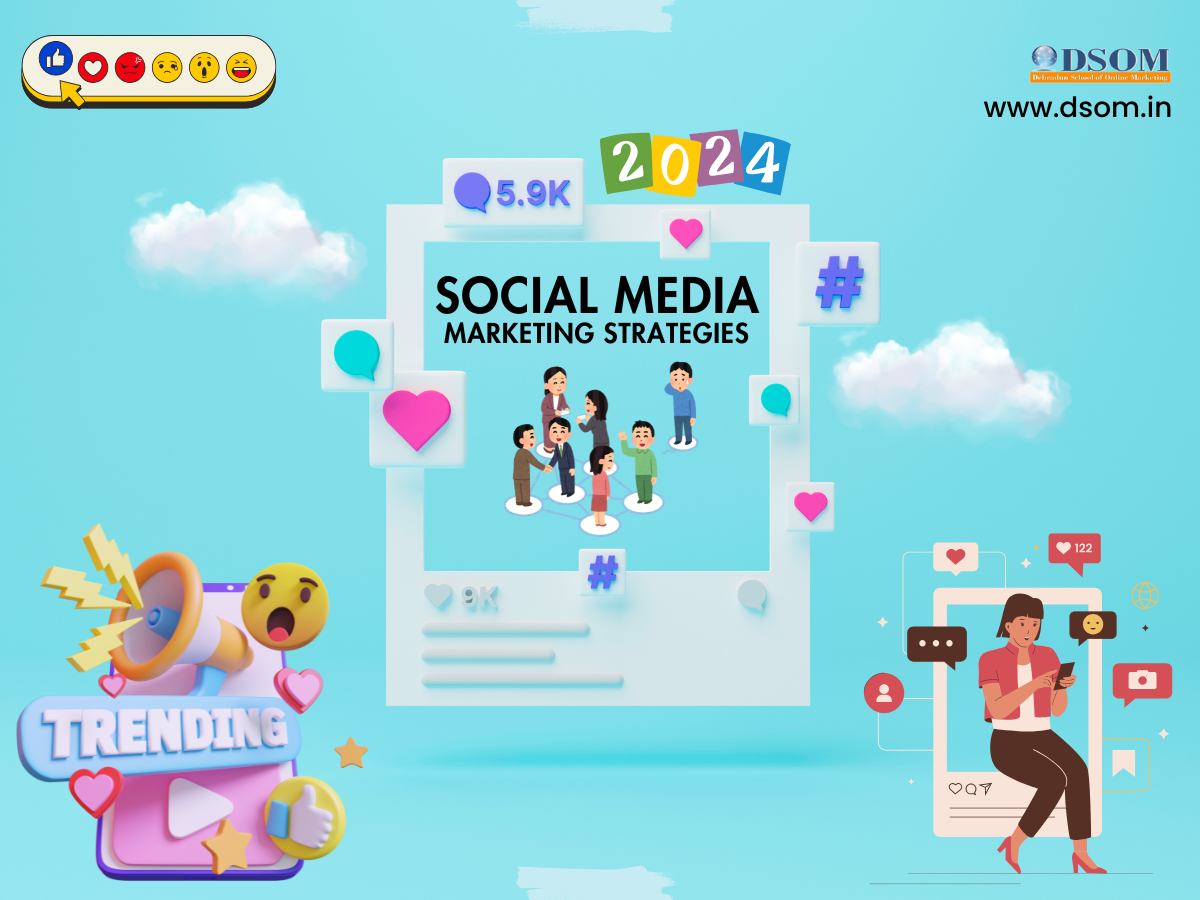Logo design is a crucial aspect of building a brand's identity and recognition. A logo is the face of a brand and serves as a visual representation of its values, personality, and message. A well-designed logo can communicate a brand's identity effectively, establish a strong presence, and create a lasting impression on its audience. However, designing a great logo requires careful planning, attention to detail, and adherence to best practices. In this blog post, we will discuss the dos and don'ts of logo design to help you create a logo that reflects your brand identity and resonates with your target audience.
Dos of Logo Design
1.Research and Planning
Before creating a logo, it is crucial to conduct research and plan the design. This involves understanding the brand's values, target audience, and industry. Researching competitors can also provide insights into effective logo design. By conducting thorough research and planning, designers can create logos that accurately represent the brand's identity and resonate with its audience.

2.Keep it Simple
Simplicity is key to creating a memorable and effective logo. A simple design is more versatile, easier to recognize, and easier to reproduce at different sizes and on different media. A complex logo can be confusing and hard to remember. Therefore, it is essential to keep the design simple yet impactful.
3.Use Appropriate Typography
Typography plays a crucial role in logo design. The font should be legible, appropriate for the brand's industry and values, and complement the other design elements. The typography can convey the brand's personality and tone, and it should be chosen carefully to ensure that it aligns with the brand's identity.
4.Consider Color Theory
Colors can evoke emotions and convey meaning, making them a powerful tool in logo design. Understanding color theory and its impact on brand perception is essential to choosing the right colors for a logo. The color palette should be appropriate for the brand's industry, values, and target audience. By considering color theory, designers can create logos that resonate with the audience and convey the brand's message effectively.

Don'ts of Logo Design
1.Copy or Plagiarize
Copying or plagiarizing another brand's logo is unethical and illegal. It also undermines the brand's credibility and can lead to legal consequences. Designers should create original logos that reflect the brand's identity and values.
2.Overcomplicate
An overly complex logo can be confusing and hard to remember. It can also be difficult to reproduce in different media and sizes. Therefore, it is essential to keep the design simple yet impactful. By avoiding overcomplicating the design, designers can create logos that are memorable and versatile.

3.Use Inappropriate Typography
Choosing a font that is too ornate, hard to read, or inappropriate for the brand's industry can lead to a confusing or unprofessional logo. Therefore, it is crucial to choose typography that aligns with the brand's identity and values. The typography should be legible and complement the other design elements.
4. Disregard Color Theory
Using colors that clash or have negative connotations can damage the brand's image and reputation. It is essential to understand color theory and its impact on brand perception. By choosing the right colors, designers can create logos that resonate with the audience and convey the brand's message effectively.
In conclusion, logo design plays a crucial role in building a brand's identity and recognition. By following the dos of logo design, such as conducting research, keeping it simple, using appropriate typography, and considering color theory, designers can create effective and memorable logos. On the other hand, avoiding the don'ts of logo design, such as copying or plagiarizing, overcomplicating, using inappropriate typography, and disregarding color theory, can help prevent common mistakes that can damage a brand's image
 How to Turn Your Photos into Ghibli-Style Art with ChatGPT for Free
How to Turn Your Photos into Ghibli-Style Art with ChatGPT for Free Top 10 AI Tools for Plagiarism-Free Content Writing: Boost Your SEO & Digital Marketing Efforts
Top 10 AI Tools for Plagiarism-Free Content Writing: Boost Your SEO & Digital Marketing Efforts The Rise of Graphic Designing in 2025: A Career Guide.
The Rise of Graphic Designing in 2025: A Career Guide. The Rise of Video Editing: A Crucial Skill in 2025
The Rise of Video Editing: A Crucial Skill in 2025 Top 10 Digital Marketing trends in 2025
Top 10 Digital Marketing trends in 2025 Common Mistakes in Digital Marketing and How to Avoid Them 2025
Common Mistakes in Digital Marketing and How to Avoid Them 2025 The Future of Digital Advertising: What You Need to Know
The Future of Digital Advertising: What You Need to Know Social Media Marketing in 2024: Strategies for Maximum Engagement
Social Media Marketing in 2024: Strategies for Maximum Engagement Building a Successful Digital Marketing Funnel: A Step-by-Step Guide
Building a Successful Digital Marketing Funnel: A Step-by-Step Guide 5 ways to make money from home using AI (Artificial-Intelligence) in 2024
5 ways to make money from home using AI (Artificial-Intelligence) in 2024